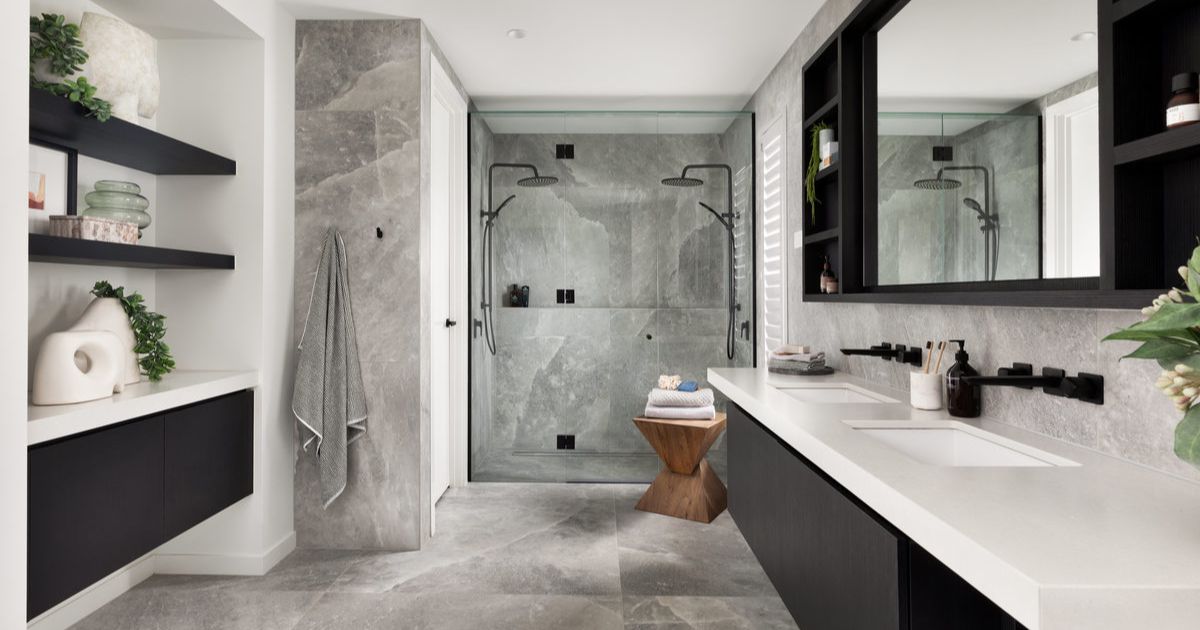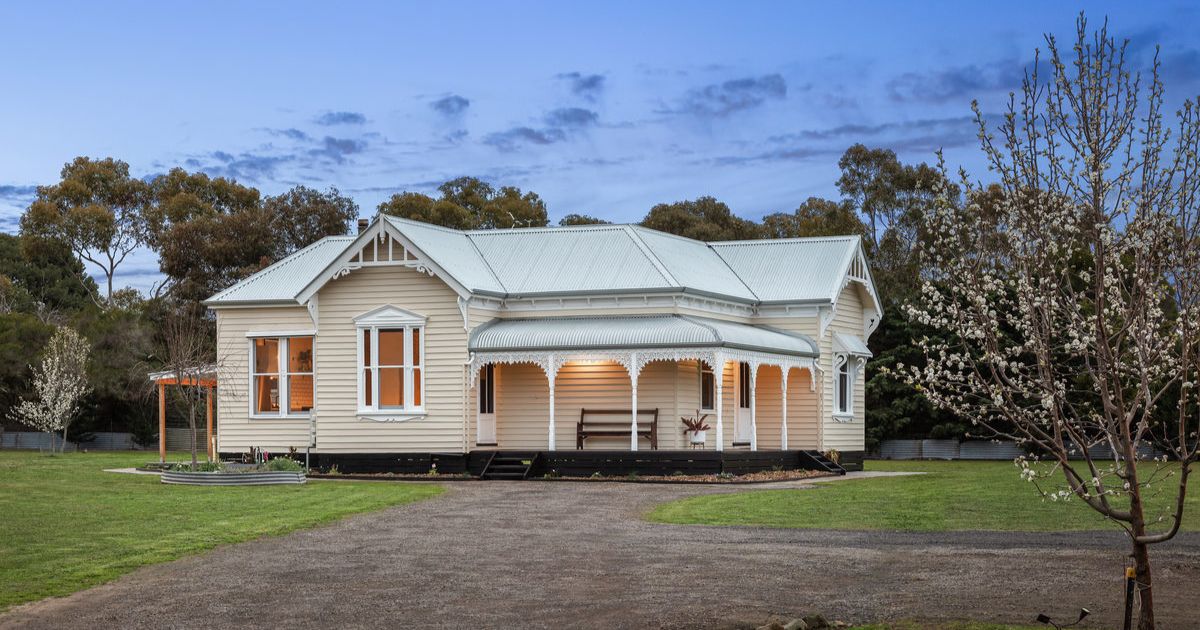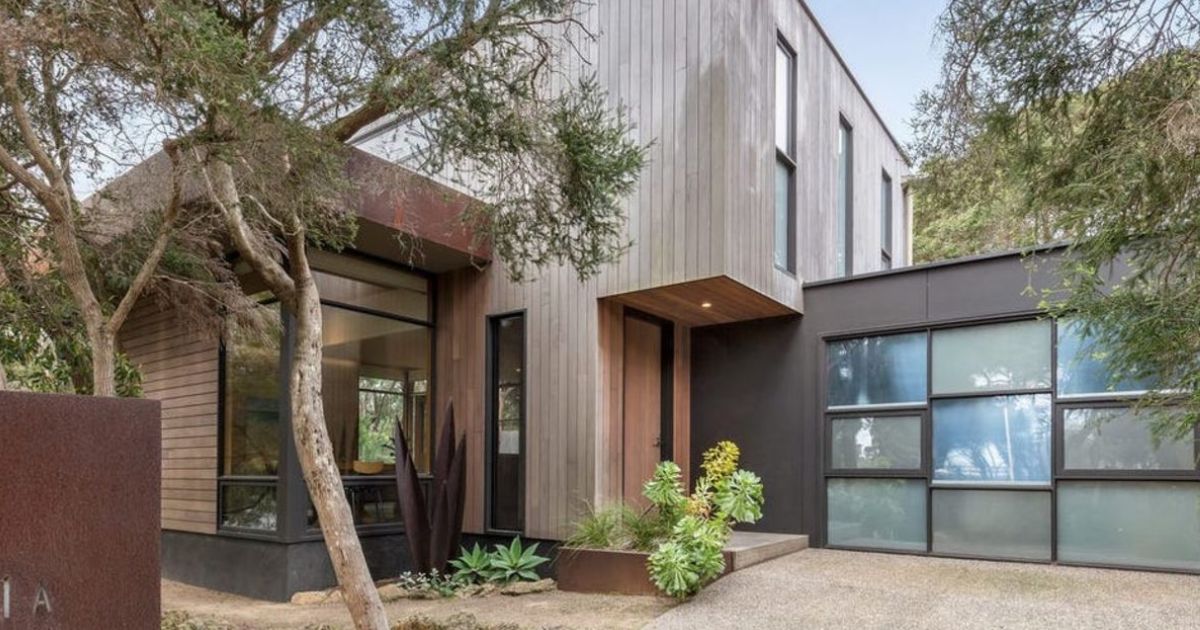Town by town snapshot: Lorne
The size of Lorne is approximately 104.7 square kilometres for ABS data collection purposes.
The population of Lorne in 2011 was 1,393 people and by the 2016 Census the population was 1,120 showing a population decline of 19.6% in the area during that time.
Lorne is an anomaly in this area, with a declining permanent resident base at the same time seeing an increase in dwellings through infill development in this landlocked resort town.
Despite this, Lorne is one of Australia’s most desired holiday destinations and loved by those who call Lorne home. In summer the population swells to almost 15,000 people and from Boxing Day to the Pier to Pub weekend up to 20,000 people converge on the town.
Although separated from the Western District pastoral areas by the Otway Ranges, a small pastoral holding was established in Lorne around 1852.
The Mountjoy family acquired the run in 1874 and built a permanent homestead. Known then as Loutitt Bay, the area had the appeal of tree fern gullies, the Erskine River and falls, the river estuary and a beach.
In 1868 the Mountjoys opened a guest house for the increasing numbers of visitors. The following year a town was surveyed and named Lorne in honour of the Marquis of Lorne, the husband of Princess Louise, a daughter of Queen Victoria.
A road from Deans Marsh to Lorne was built in 1872 and Erskine House, the grand Pacific Hotel and the Lorne Hotel were built by 1878. In 1984 a Colac property developer, David Marriner, acquired the Cumberland guest house. He advocated a change in accommodation styles if conservative Lorne were to at least maintain, let alone advance, its local economy.
Multi-storey time share units were built on the Cumberland and adjoining sites, despite local resistance which considered the development an intrusion in the tree lined amphitheatre.
CoreLogic data indicates that the predominant age group in Lorne is 60-69 years with households in Lorne being primarily childless couples and are likely to be repaying $1,800 – $2,399 per month on mortgage repayments, and in general, people in Lorne work in a managers occupation.
In 2011, 69.4% of the homes in Lorne were owneroccupied compared with 65% in 2016.


















